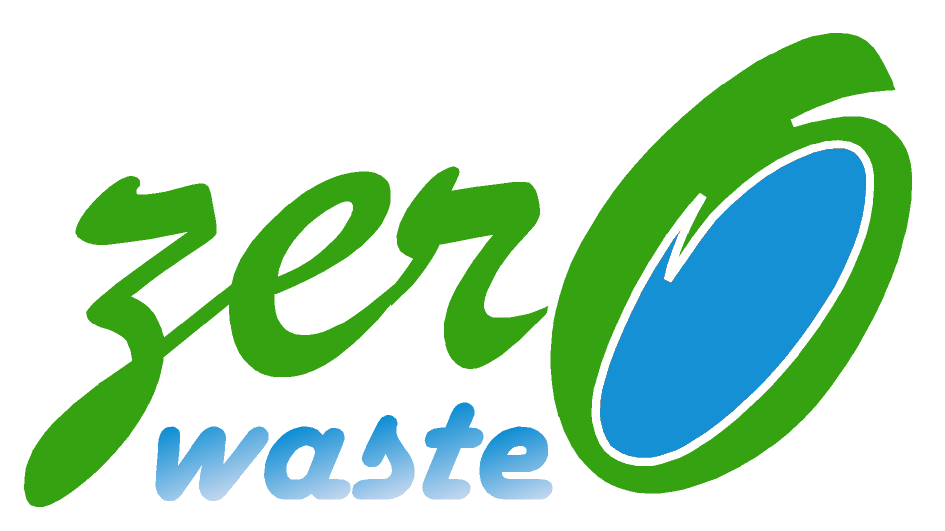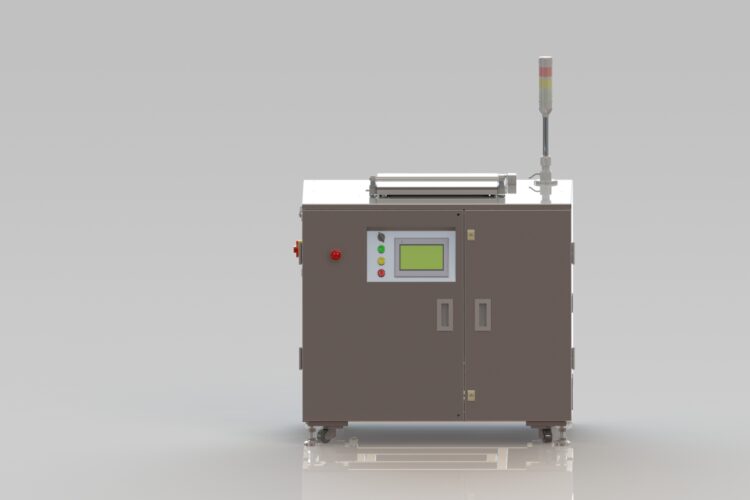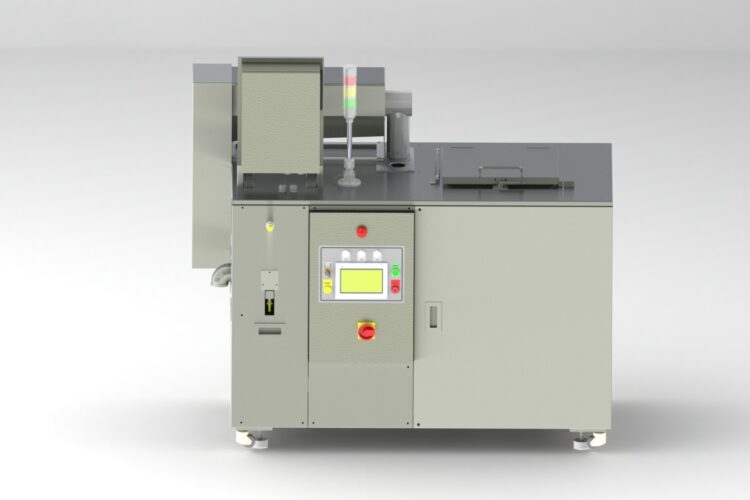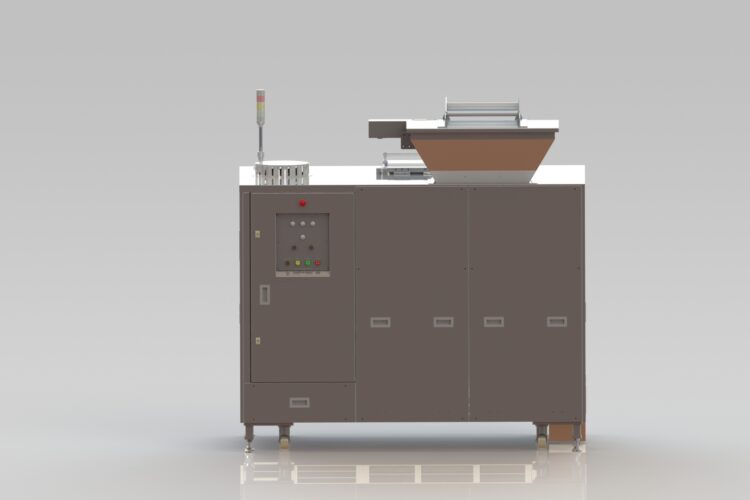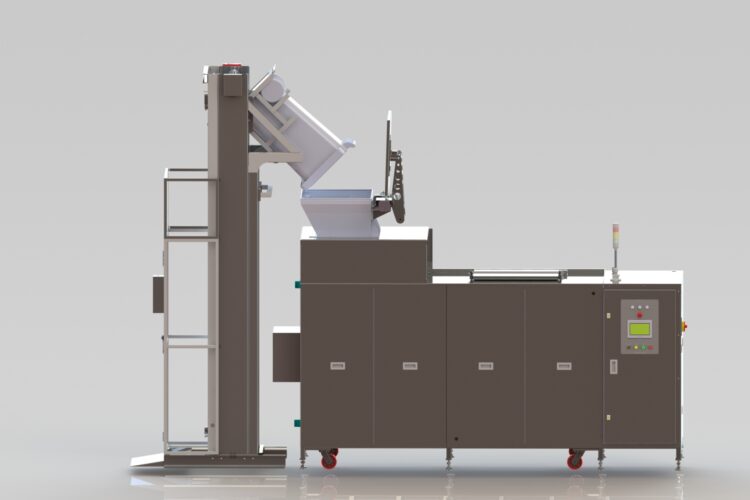Stages of Decomposition
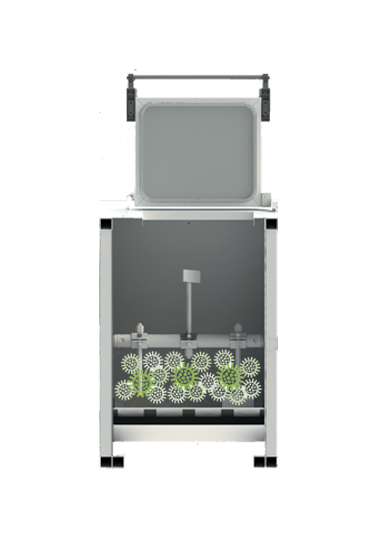
Inoculation of Microbes
Microbes effectively digest food waste converting them into liquid. It only requires yearly replenishment with continuous deposition of food waste.
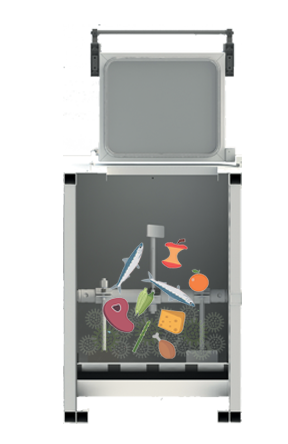
Input of food waste
Rice, noodles, pasta, rotten fruits, vegetables, poultry, seafood, seashells, raw and cooked meat with bones, just throw everything as long as it's food waste into the system.
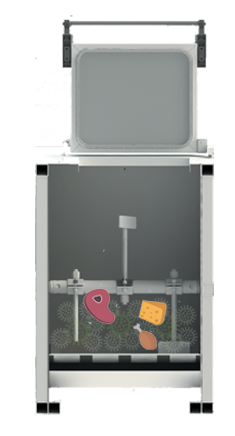
Broken down & Digestion
Food waste will be broken down to smaller pieces by the built-in grinder which is capable to crush bones aside from normal food waste and digested within 24 hours.
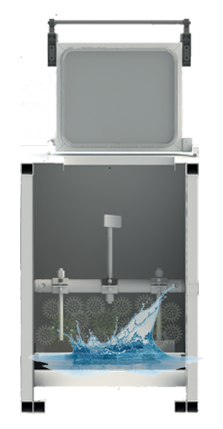
Conversion into liquid
Food waste converted into either liquid effluent, recycled water or liquid nutrient.
Optional Features
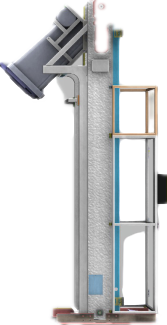 Zwaste Digester can be fitted (where necessary) with bin lifter for easy deposition of food waste.
Zwaste Digester can be fitted (where necessary) with bin lifter for easy deposition of food waste.
 Zwaste Digester with built-in load cell capable of recording weight of every dump and cumulative daily, monthly weight data to meet regulatory and funding requirements.
Zwaste Digester with built-in load cell capable of recording weight of every dump and cumulative daily, monthly weight data to meet regulatory and funding requirements.
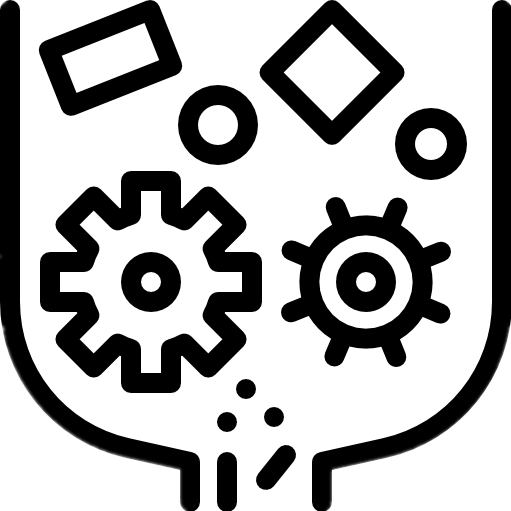 Zwaste Digester comes with built in grinder which is capable of grinding bones and seafood shells aside from regular food waste.
Zwaste Digester comes with built in grinder which is capable of grinding bones and seafood shells aside from regular food waste.
![]() Options for webpage access and monitoring through devices to remotely view food waste weight record and system live status.
Options for webpage access and monitoring through devices to remotely view food waste weight record and system live status.
 Optional user identification unit capable to identify the food waste source of each dumping and the weight data is categorized by each source with its overall daily tonnage. With this feature, users would be able to achieve a better business model by knowing how much waste they produce on a daily basis or monthly basis.
Optional user identification unit capable to identify the food waste source of each dumping and the weight data is categorized by each source with its overall daily tonnage. With this feature, users would be able to achieve a better business model by knowing how much waste they produce on a daily basis or monthly basis.
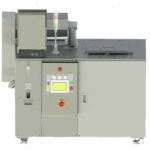 Zwaste Digester is equip (on selected models) with de-watering system capable of removal water from sludge thereby reducing sludgy liquid into our waste water discharge pipes.
Zwaste Digester is equip (on selected models) with de-watering system capable of removal water from sludge thereby reducing sludgy liquid into our waste water discharge pipes.


